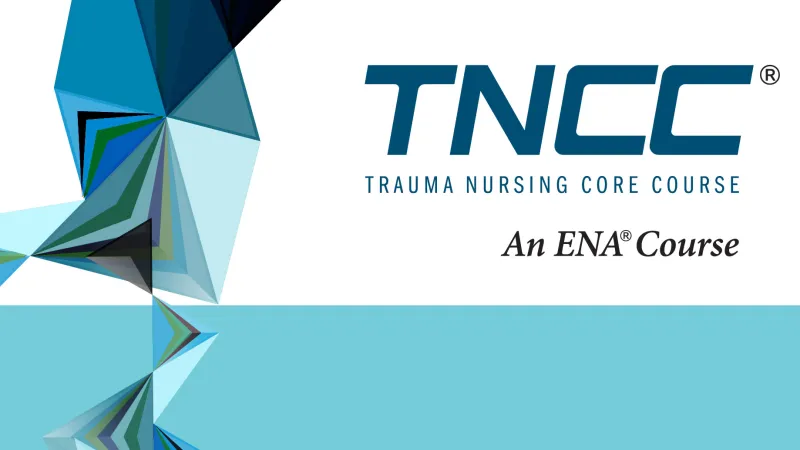Breadcrumb
ED Nurses Report Higher Work Dissatisfaction Than Inpatient Colleagues
Nurses also rank their most-desired solutions in study published in Journal of Emergency Nursing
SCHAUMBURG, Ill. (Jan. 11, 2024) – ED nurses report higher job dissatisfaction and intent to leave compared to their inpatient counterparts across hospitals that are already recognized for overall good work environments, according to a study published in the January issue of Journal of Emergency Nursing. The study analyzed survey data from more than 11,700 ED and inpatient nurses across 60 U.S. Magnet hospitals.
Nurses were also asked about measures hospitals might take to boost workplace well-being—from improving staffing levels to creating times and places for meditation to appointing a clinician wellness champion. The study, the first large-scale analysis of job dissatisfaction among ED nurses at Magnet hospitals, was led by first author Elise Turnbach, MSN, RN, CEN, clinical nurse education specialist and nurse residency coordinator, Pennsylvania Hospital, Penn Medicine.
“Magnet hospitals have already demonstrated a commitment to quality. This study provides meaningful information to help them better support their emergency nurses specifically,” said Journal of Emergency Nursing Editor Anna Valdez, PhD, RN, PHN, CEN, CFRN, CNE, FAEN, FAADN. “It shows that ED nurses are experiencing lower well-being and work satisfaction than their inpatient colleagues. Just as important, it highlights the measures nurses believe will truly lead to improvements, which can guide hospitals that are trying to enact positive changes.”
According to the study, more than half of emergency (53.7 percent) and inpatient (50.7 percent) nurses were experiencing high burnout. Almost half (49.9 percent) of the emergency nurses reported intent to leave, compared to about 42.0 percent of inpatient nurses.
Nurses were also surveyed on measures they believed could improve clinician well-being and reduce burnout. The most highly recommended measure, with 91.4 percent, was to improve staffing levels, followed by support for clinicians to take breaks without interruption (86.7 percent). Less than one-third recommended creating time and places for meditation and reflection, and the choice that received the least support, 21.2 percent, was to appoint a clinician wellness champion.
The Journal of Emergency Nursing, ENA’s peer-reviewed academic journal, is published six times a year with original research and updates from the emergency nursing specialty, while also covering practice and professional issues.
The January issue can be found here.
The Emergency Nurses Association is the premier professional nursing association dedicated to defining the future of emergency nursing through advocacy, education, research, innovation, and leadership. Founded in 1970, ENA has proven to be an indispensable resource to the global emergency nursing community. With 50,000 members worldwide, ENA advocates for patient safety, develops industry-leading practice standards and guidelines and guides emergency health care public policy. ENA members have expertise in triage, patient care, disaster preparedness, and all aspects of emergency care. Additional information is available at www.ena.org.
